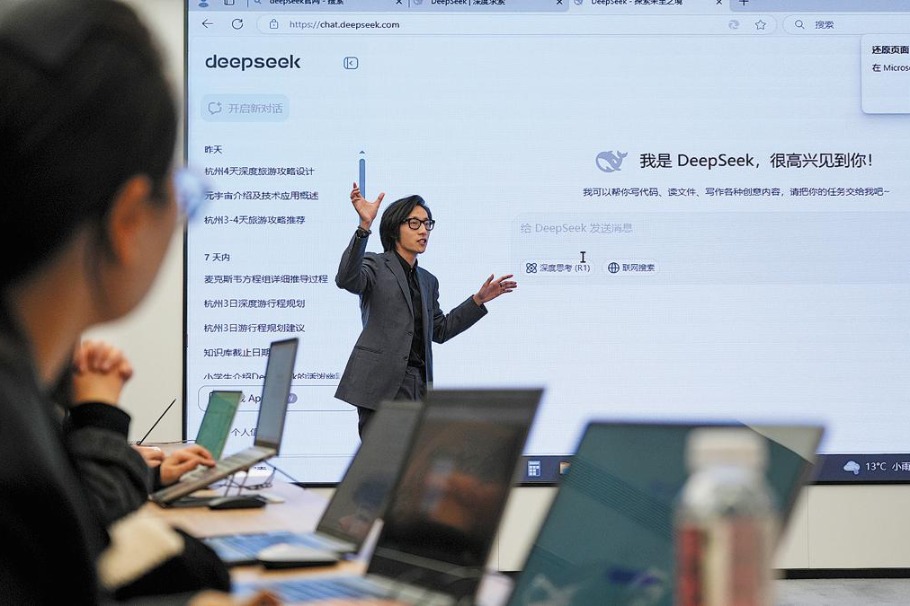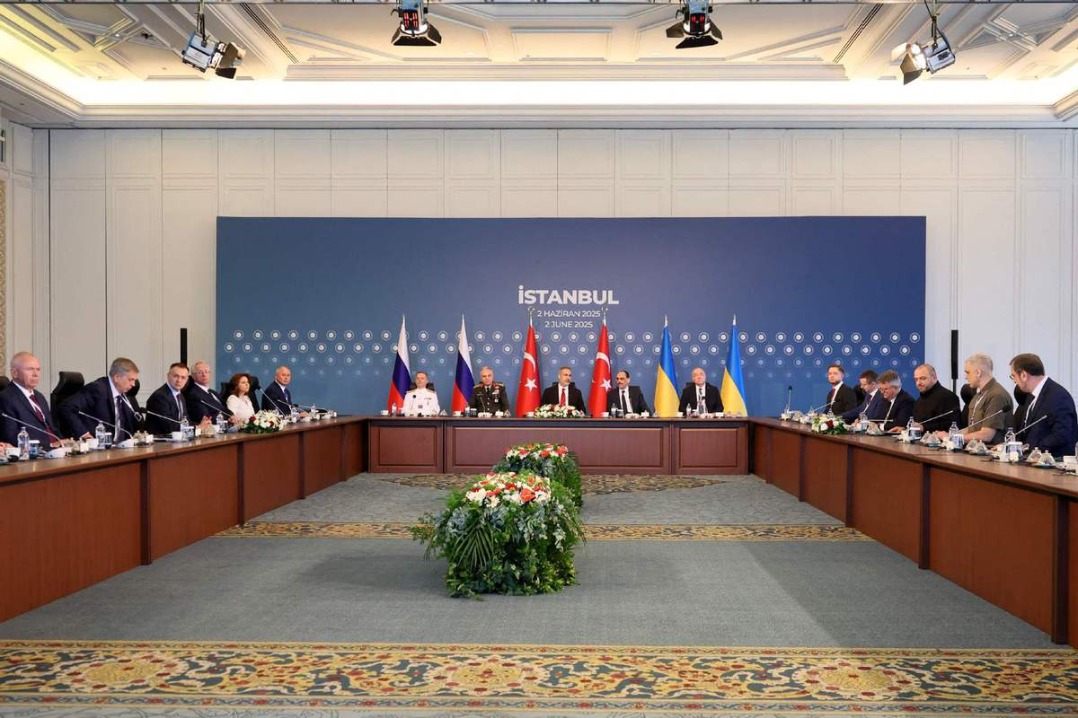Giving direction to global trade governance
China emphasizes the central role of development in the international agenda and supports the strengthening of Global South cooperation mechanisms


The global trade governance system, anchored by the World Trade Organization, is facing mounting challenges amid profound shifts in the international political and economic order. Influenced by factors such as major powers' realignments and escalating geopolitical rivalries, the WTO now grapples with a systemic crisis marked by institutional paralysis and stagnant negotiations. Trust in multilateral frameworks among developed nations has eroded, exacerbating divisions and prompting a turn toward regional or unilateral policies. Increasingly, tactics such as tariff wars, technological containment and extraterritorial sanctions have been normalized to forcibly reshape the global trading order.
Consequently, regional trade agreements are assuming a greater role in driving economic globalization. WTO data show that the number of regional trade agreements stood at just 83 prior to 2001, but between 2001 and 2023, an additional 283 agreements were signed, bringing the total to 366. The proliferation of regional trade agreements has given rise to pronounced exclusivity and a growing trend of geopolitical instrumentalization.
On the one hand, many regional trade agreements serve as vehicles for institutionalizing shared political values and strategic objectives among members, thereby intensifying their inherently exclusive nature. This trend has catalyzed the emergence of distinct geopolitical economic blocs, effectively creating a patchwork of semi-closed commercial spheres. Divergent regulatory standards and exclusive provisions across different regional agreements have undermined the uniformity and coherence of the global trade system, eroding the WTO's fundamental principle of non-discrimination. The growing inconsistencies between regional trade rules have further complicated international commerce, exacerbating the fragmentation of global trade governance.
On the other hand, the focus of international trade rule-making is increasingly shifting from "across-the-borders" measures to "behind-the-borders" regulations. While traditional trade rules primarily focused on "across-the-border" measures such as tariff reduction and market access, high-standard free trade agreements, characterized by systemic environment-building that facilitates the smooth flow of goods and factors of production and market orientation that ensures fair competition, have been gaining importance to address domestic regulatory frameworks.
This new paradigm encompasses intellectual property protection, competitive neutrality, environmental standards, labor rights, data flows and State-owned enterprise reforms — areas that directly impact domestic policy space. For example, in the field of labor, the Comprehensive and Progressive Agreement for Trans-Pacific Partnership mandates that member countries legislate to protect the core terms of the International Labor Organization, such as prohibiting forced labor and safeguarding collective bargaining rights. It also authorizes members to suspend tariff preferences for enterprises that violate labor standards through a "rapid-response mechanism".
With regard to China's role in the ongoing transition of the global trade governance system, it has steadfastly embraced the overarching vision of "enhancing global trade governance and fostering an open world economy". China is committed to contributing its wisdom and innovative solutions to fortify the multilateral trading system. Since China's official accession to the WTO on Dec 11, 2001, it has actively engaged in the multilateral trading system for over two decades, playing a constructive role and emerging as a significant driver of the Doha Round of WTO negotiations. Its active involvement has been instrumental in steering the system toward a more equitable and rational trajectory.
First, China has increased its participation in regional trade networks by actively signing FTAs and engaging with high-standard international economic and trade rules. By January, China had signed 23 FTAs with 30 countries and regions. The trade covered by these agreements accounts for approximately one-third of China's total foreign trade. In addition to these bilateral and regional FTAs, China has also joined the Regional Comprehensive Economic Partnership, the world's largest mega-regional trade agreements in terms of economic scale. By applying to join the Digital Economy Partnership Agreement and the CPTPP, China is promoting innovation in rules in emerging areas such as digital trade and the green economy. In order to adapt to these rules, China has piloted the implementation of CPTPP rules in its free trade zones and has established mechanisms to connect with these rules in areas such as cross-border data flows and intellectual property protection.
Second, China actively promotes Sino-US bilateral negotiations. Against the backdrop of profound changes in the global trade governance system, China and the United States — the world's top two economies, have held bilateral negotiations that greatly impact the transformation of this system. In recent years, the US-initiated trade frictions have intensified, bringing uncertainty to the global trade system and seriously restricting global economic recovery and international trade development. China insists on the principles of equal dialogue and mutual benefit, aiming to promote the sound and steady growth of Sino-US trade relations. It emphasizes that global trade should adhere to multilateralism and oppose all forms of unilateralism and protectionism. Through bilateral negotiations, China is committed to resolving issues such as the trade imbalance, technology transfer and intellectual property protection. Meanwhile, it is pushing for a fairer and more reasonable set of international trade rules to ensure the openness and inclusiveness of the global trade environment.
Third, China fosters the positive synergy between trade and development. Although promoting development underpins global trade governance, this objective has long been neglected in practice. In recent years, China has introduced an innovative concept for the global trade governance system, with a commitment to creating a positive interaction between trade and development. China has proposed the Global Development Initiative, prioritizing development and driving the establishment of a new pattern of international development cooperation.
Within the WTO framework, China actively promotes South-South cooperation and views trade connectivity as integral to the high-quality joint construction of the Belt and Road Initiative. As the largest country in the Global South, China emphasizes the central role of development in the international agenda and supports the advancement of Global South cooperation mechanisms. Since Dec 1, 2024, China has offered duty-free treatment to all products from the least developed countries that have diplomatic relations with China. This initiative promotes development through trade, enabling these countries to share in new opportunities for growth.

The author is a researcher and director of the Department of International Trade at the Institute of World Economics and Politics at the Chinese Academy of Social Sciences. The author contributed this article to China Watch, a think tank powered by China Daily.
Contact the editor at [email protected].


































